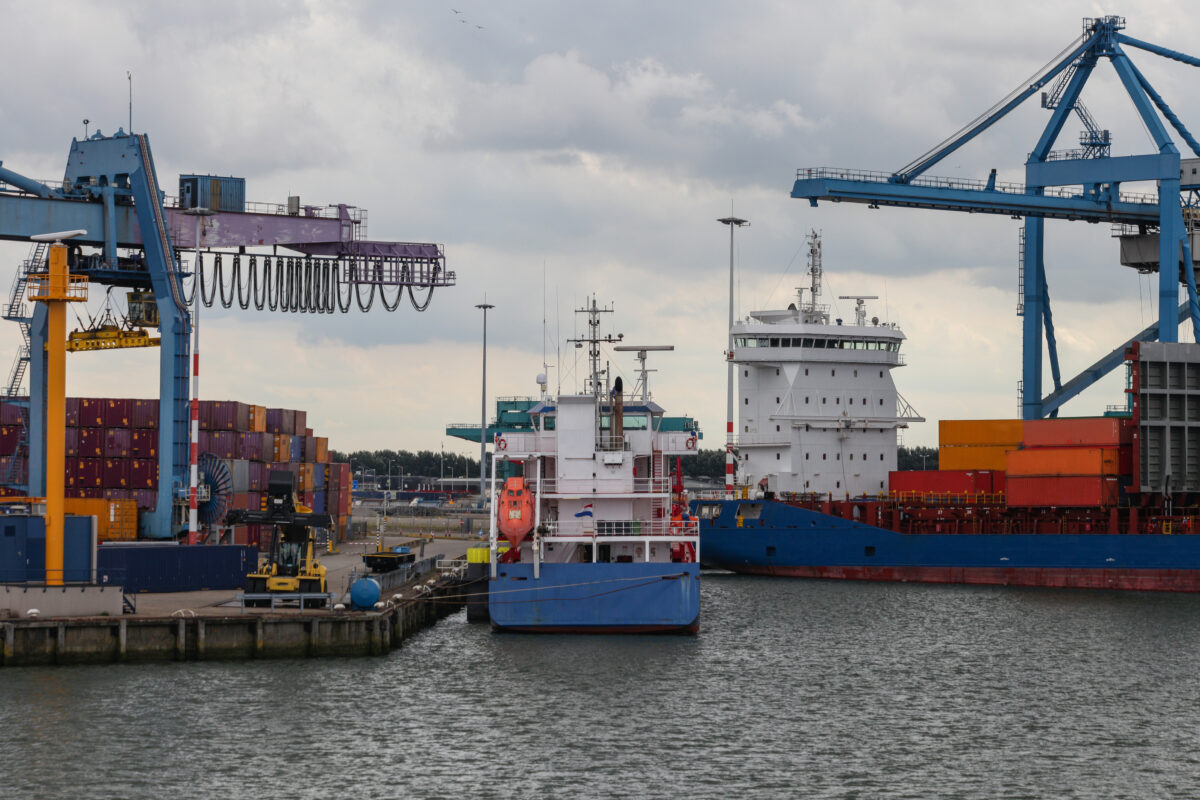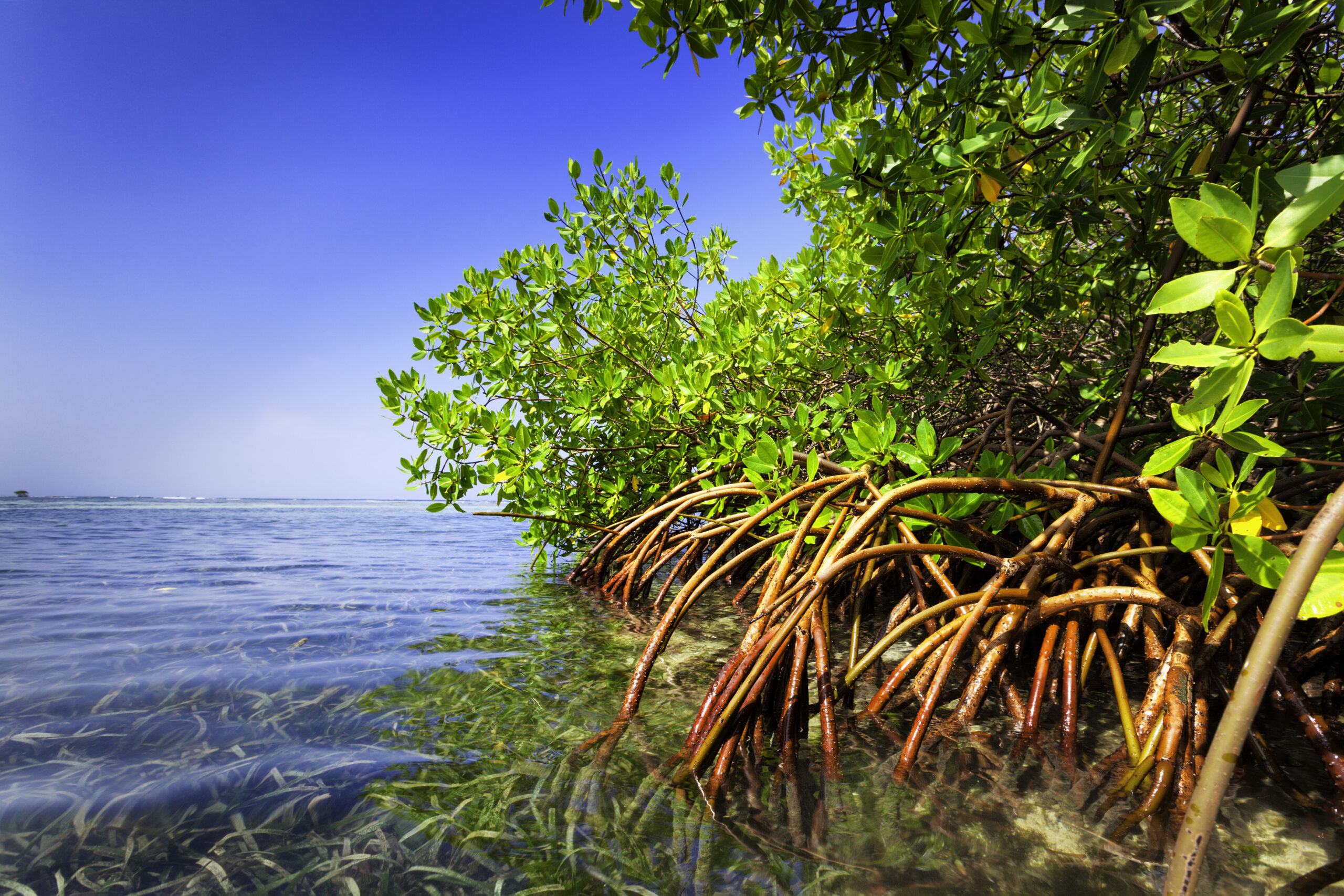Climate adaptation in ports: a global imperative for resilience
A
s climate change accelerates, ports around the world face significant risks from rising sea levels, extreme weather events and increasing temperatures. These climate-related threats not only jeopardise the physical infrastructure of ports but also disrupt global supply chains, impacting industries, livelihoods and national economies.
Ports are uniquely vulnerable to climate change due to their coastal locations and reliance on complex logistical networks. Rising sea levels pose a direct threat, potentially causing damage to docks, warehouses and other facilities. In the US, the Port of Miami and the Port of New York and New Jersey are already implementing adaptation measures in response to rising seas.
Ports are also increasingly affected by extreme weather events. Hurricanes, typhoons and storm surges can lead to costly damage and operational disruptions. In 2017, Hurricane Harvey caused major disruptions at the Port of Houston, one of the busiest ports in the US, halting operations for nearly a week.
The disruption of trade flows can have cascading effects on global supply chains. Typhoon Hagibis caused widespread destruction in Japan, leading to major delays at the Port of Yokohama. Cyclone Amphan, which struck India and Bangladesh, significantly disrupted operations at the Port of Kolkata, highlighting how ports in low-lying regions are especially vulnerable.
Ports play a critical role in international trade, and any closure or reduction in capacity can lead to significant delays and financial losses. The Port of Rotterdam, one of Europe’s largest, processes about 14 million containers annually. A significant disruption to its operations could affect supply chains throughout Europe and beyond.

In many developing countries, the consequences of port disruptions are even more severe. Coastal nations in Africa and Southeast Asia, are particularly vulnerable. The Port of Mombasa in Kenya is a critical hub for trade across East Africa. A climate-induced shutdown could affect food security and economic stability in countries like Uganda, Rwanda and South Sudan.
Impacts of climate change include moderate yet more frequent losses of productivity and increases in operational and maintenance costs. The World Trade Organisation highlights that trade costs in African economies are one-and-a-half times higher than in high-income economies, which will worsen with climate change unless strong investments in climate adaptation are made now.
In regions where ports are major employers, shutdowns can lead to significant job losses, impacting local economies. Additionally, delays in the delivery of goods can lead to inflation, affecting everything from fuel to food prices.
Adapting ports to the realities of climate change is an urgent necessity. While the challenges vary from region to region, several key adaptation strategies are emerging.
1. Climate-proofed infrastructure investments can include technically and financially viable adaptation and resilience measures to reduce vulnerability to climate impacts in the medium and long terms. In Europe, the Port of Rotterdam has launched a comprehensive climate adaptation plan that includes raising quays and constructing storm surge barriers. In the US, the Port of Long Beach is investing in flood protection measures to safeguard its operations from both sea-level rise and storm surges.
2. Nature-based solutions (NbS) use natural processes and ecosystems to mitigate climate risks to physical assets and socioeconomic activities. Restoring mangroves or wetlands around port areas can help protect against storm surges while also supporting biodiversity and communities’ resilience. Singapore has committed to developing green infrastructure to bolster its defences against rising sea levels and extreme rainfall.

3. Advanced early warning systems for extreme weather events allow ports to prepare and respond more effectively. The Port of Yokohama in Japan has integrated advanced meteorological systems to track typhoons and heavy rains, enabling it to take preventive actions, such as halting operations and securing cargo. Risk management frameworks that incorporate climate adaptation into long-term planning are also essential for ensuring that ports remain operational.
4. Public-Private Partnerships (PPPs) in Africa are crucial for mobilising resources for climate adaptation and developing climate-informed performance targets, risks mitigation and risks-sharing mechanisms. In ports like Durban, Mombasa or Cotonou, PPPs are being leveraged to invest in climate-resilient infrastructure.
While the adaptation strategies being implemented are promising, climate adaptation for ports is not a one-size-fits-all solution. The emergence of different risks to ports’ assets and operations, caused by climate-stressors such as heatwaves and warm spells, and extreme climatic events such as storm surges and heavy rainfall, is specific to each region and calls for different sets of adaptation and resilience measures that can be considered and included throughout the assets’ lifetime.
In addition, ports serving landlocked regions need to consider the resilience of their hinterland transport systems. Ensuring that goods can still be transported if a port is temporarily closed due to a climate event requires strengthening road and rail networks, as well as building redundancy into supply chains.
Ports are vital to global trade, and their ability to withstand climate risks is essential for economic stability and growth. Investing in climate adaptation today will help safeguard these critical infrastructures for the future.
From infrastructure upgrades to nature-based solutions and technological innovations, the strategies for building climate-resilient ports are clear. The future of global trade, economic development and coastal communities depends on how effectively ports adapt to the challenges of a changing climate, now.
The ideas presented in this article aim to inspire adaptation action – they are the views of the author and do not necessarily reflect those of the Global Center on Adaptation.

Adele Cadario is the Program Lead for Infrastructure & Nature-Based Solutions